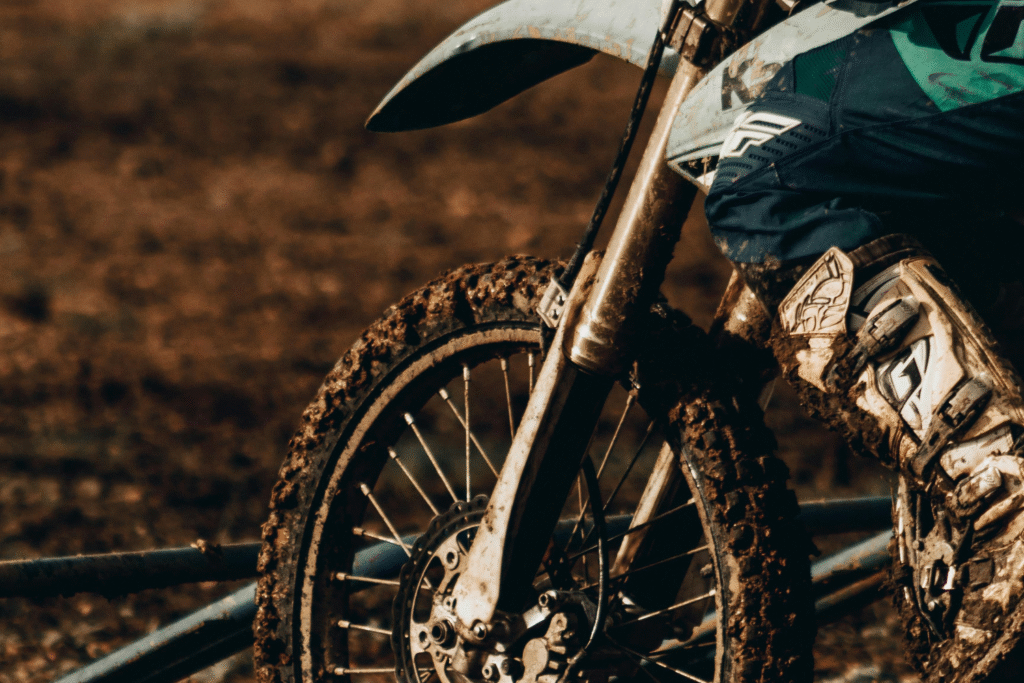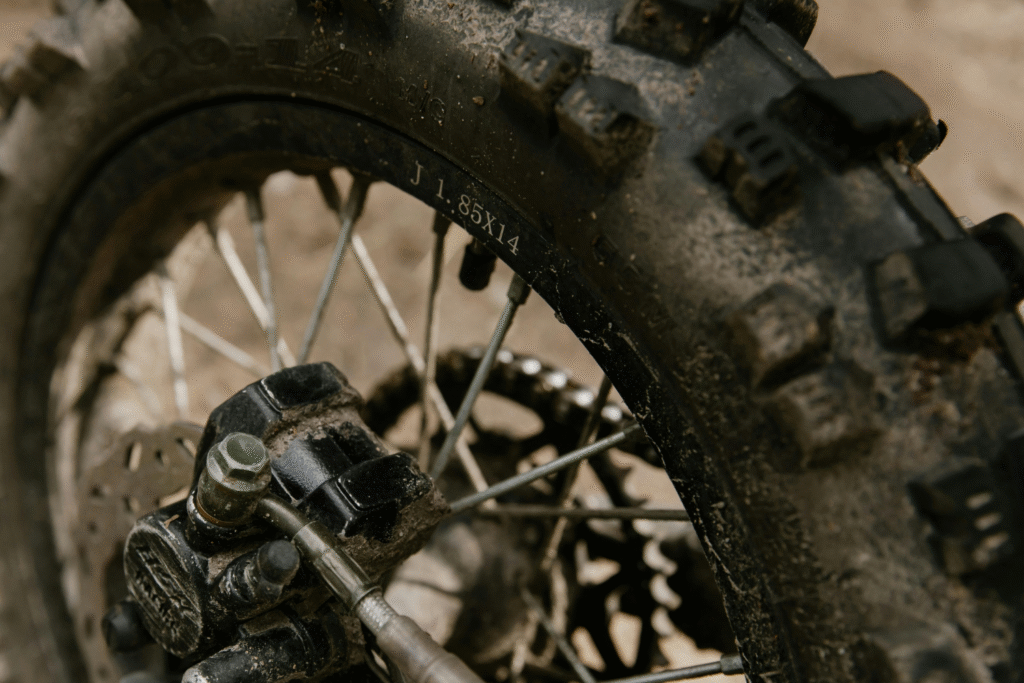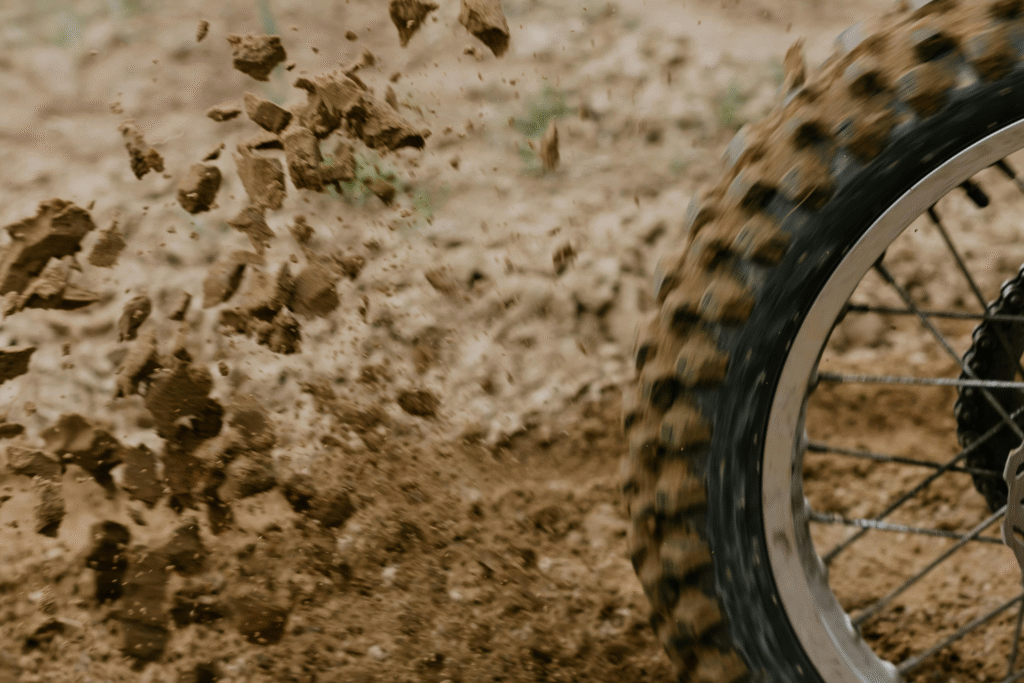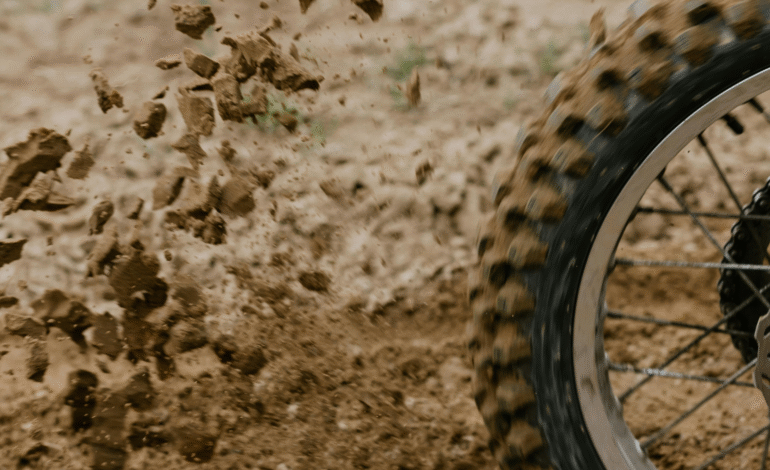Proper motorcycle tire care is essential for safety, performance, and motorcycle tire longevity. Whether you’re a daily rider or a weekend adventurer, maintaining your tires ensures better grip, fuel efficiency, and a smoother ride. Neglecting motorcycle tire maintenance can lead to premature wear, poor handling, and even dangerous blowouts. In this guide, we’ll cover everything you need to know—from checking motorcycle tire pressure to recognizing signs of motorcycle tire wear—so you can maximize your tires’ lifespan and stay safe on the road.
1. Why Motorcycle Tire Care Matters
Your motorcycle’s tires are its only contact with the road, making their condition critical for safety. Proper motorcycle tire maintenance improves:
- Traction – Essential for cornering and braking
- Fuel efficiency – Correctly inflated tires reduce rolling resistance
- Ride comfort – Balanced tires prevent vibrations
- Durability – Well-maintained tires last longer
Key Tip: Always follow the manufacturer’s recommendations for proper motorcycle tire inflation and load capacity.

2. Checking Motorcycle Tire Pressure.
Motorcycle tire pressure directly affects handling, wear, and safety. Underinflated tires can overheat and wear unevenly, while overinflated tires reduce grip.
How to Check Motorcycle Tire Pressure Correctly
- Use a reliable tire pressure gauge (digital or analog).
- Check tires when they’re cold (before riding).
- Compare readings with the recommended PSI in your owner’s manual.
- Adjust pressure as needed.
Pro Tip: Check motorcycle tire pressure at least once a week and before long rides.
3. Inspecting Motorcycle Tire Wear
Regular motorcycle tire inspection helps detect early signs of wear. Look for:
Types of Motorcycle Tire Wear
- Center wear – Caused by overinflation or highway riding
- Edge wear – Indicates underinflation or aggressive cornering
- Cupping (scalloping) – Often due to suspension issues or unbalanced tires
- Flat spots – Result from hard braking or prolonged storage
When to Replace Motorcycle Tires?
The DOT number on motorcycle tires shows they’re over 5 years old
Tread depth is below 1/32 inch (or as per local laws)
Cracks, bulges, or punctures are visible

4. Extending Motorcycle Tire Life.
Want to know how to make motorcycle tires last longer? Follow these tips:
Proper Motorcycle Tire Maintenance
✅ Rotate tires (if applicable) to ensure even wear
✅ Keep tires clean to prevent rubber degradation
✅ Avoid harsh acceleration and braking
✅ Store tires properly when not in use
Best Way to Store Motorcycle Tires
- Keep them in a cool, dry place away from sunlight
- Elevate the bike or use stands to prevent flat spots on motorcycle tires
- If storing long-term, remove tires and keep them in airtight bags

5. Motorcycle Tire Safety Tips.
- Always check for road hazards and motorcycle tires (nails, glass, etc.)
- Ensure proper motorcycle wheel alignment to avoid uneven wear
- Balance tires after installation to prevent vibrations
- Never mix old and new tires—replace them in pairs for stability
________________________________________________________________________________________________________________
Conclusion
By following these motorcycle tire care practices, you’ll enhance motorcycle tire longevity, improve safety, and enjoy a better ride. Remember, well-maintained tires mean better performance and fewer unexpected breakdowns.
Final Thought: Make motorcycle tire maintenance a habit—your bike (and your wallet) will thank you!
________________________________________________________________________________________________________________
FAQs
Q: How often should I check my motorcycle tire pressure?
A: At least once a week and before every long ride.
Q: What does the DOT number on a motorcycle tire mean?
A: It indicates the manufacturing date—essential for checking tire age.
Q: Can underinflated tires damage my motorcycle?
A: Yes, they increase wear, reduce fuel efficiency, and affect handling.
By optimizing motorcycle tire care, you ensure a safer, smoother, and more economical ride. Stay vigilant, and happy riding!

